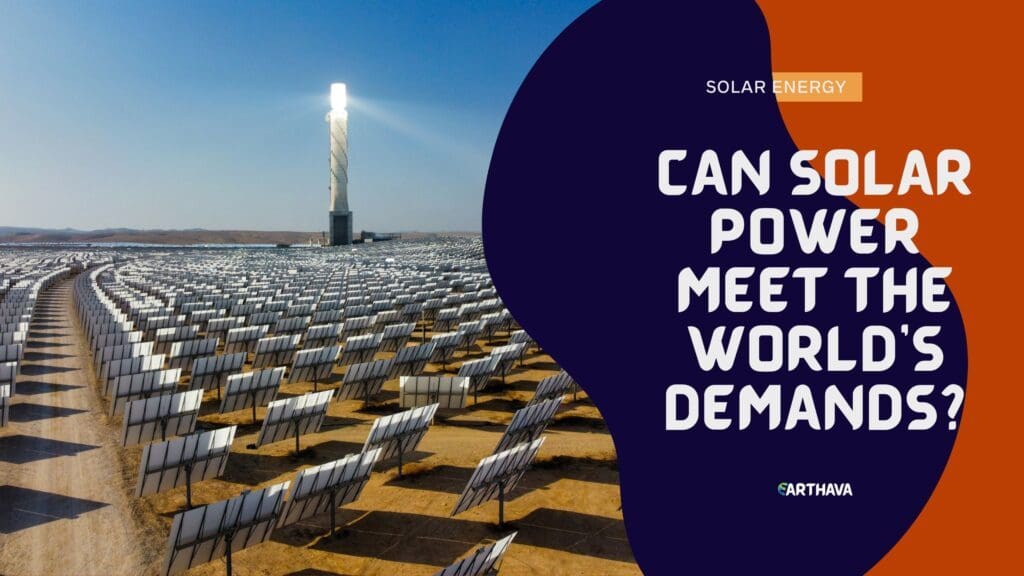Solar power is not only one of our most abundant resources, but it’s also one of the most promising as well. From Google to Apple, the largest companies in the world have invested in it. As of 2017, Google is now 100% powered by just solar energy and wind energy. More recently in May this year, California passed a legal mandate requiring all new homes to have solar panels.

Despite this, solar power has a bad reputation – it’s known for being too expensive to install and inefficient. It’s one thing for multi-billion dollar companies to invest in solar, but what about everyday people? How realistic is it to live our lives fully powered by solar? It’s not as outlandish as you may think.
Price comparison site finder.com calculated how much of each country would need to be covered in solar panels to be self-sufficient. The research covered 147 countries around the world (as some countries did not have any data) The results? 87% of the countries analyzed could be powered entirely by the sun, using less than 5% of their land.
So, how do you calculate how many solar panels it’ll take to power a country?
To get these figures, the finder calculated how much sun each country gets by averaging the total yearly values given for each country from OpenSolarDB.
Then they took into account the efficiency and performance ratios of the average solar panel, as suggested by photovoltaic-software.com – 15% and 0.75 respectively.
Finally, they summed up how much electricity, natural gas, and refined petroleum products each country uses, according to the CIA World Factbook.
Which countries would have the best chance of being powered by solar?
Putting aside more practical issues of infrastructure and budget, how much solar panel space each country needs depends on the population density of the country and how much energy they use.
Usually, this means bigger countries need the least solar panels – and therefore the best chances of being successfully powered by the sun. Canada, for example, is the second-largest country in the world and has a relatively low population. It could power itself on solar with only 0.3%of its land covered in panels. Considering over 80% of Canadian land is uninhabited, this seems doable!
Even the entirety of the USA could be powered using just 1.4% of its land: roughly the size of Mississippi: a fairly small state! With that space spread across the country, 1.4% seems possible.
Surprisingly, the relatively small developing nations have the best chance of going completely solar. This is because of their low population density, low electricity usage, and high levels of sunlight.
For instance, small countries in the African continent like Botswana, Malawi, and Liberia can be fully powered by solar. At their current standard of energy usage, Botswana only needs to cover 80km of its land in solar to generate enough electricity to power the whole country!
With proper financial investment and infrastructure, solar power may well be a cheaper, renewable alternative for these countries.
But is it realistic to expect all countries to power themselves with just solar energy?
In short, if you’re a small, developed country with a high population density, you might need more land than you can spare to build solar panels.
There are only three countries that need more panel space than they have land: Singapore (830%), Hong Kong (213%), and Bahrain (156%). According to the UN, all three countries are in the world’s top six most densely populated states.
Is it still possible to power the world using the sun?
If we take the entire world’s energy demands into account, we’d only need enough solar panels to cover roughly the size of South Africa.
We’re not suggesting we actually cover the entirety of South Africa in panels in the name of renewable energy, obviously. With our current solar technology, countries like China and Japan are the largest producers of solar energy, despite both being densely populated countries. China has already exceeded its 2020 target for solar panel installations!
In a future where building and implementing solar panels becomes slightly cheaper and we learn to depend more on oil and gas, it’s possible to fuel the world using the natural resources surrounding us.


